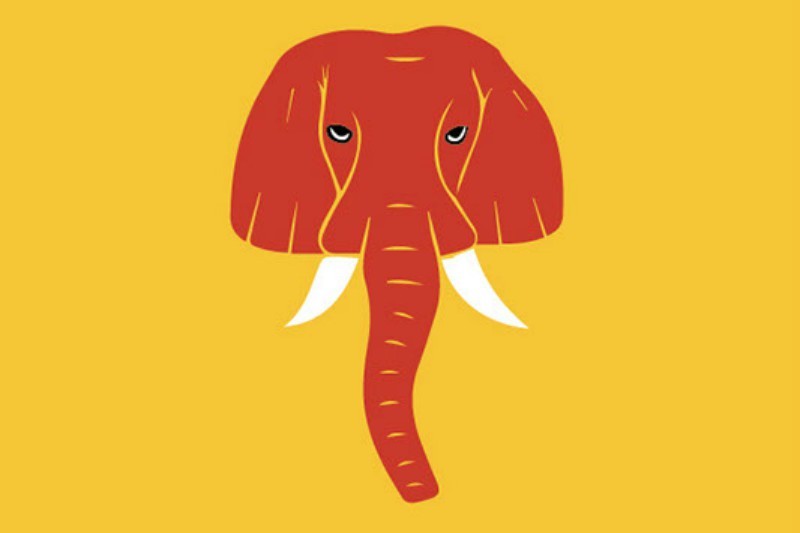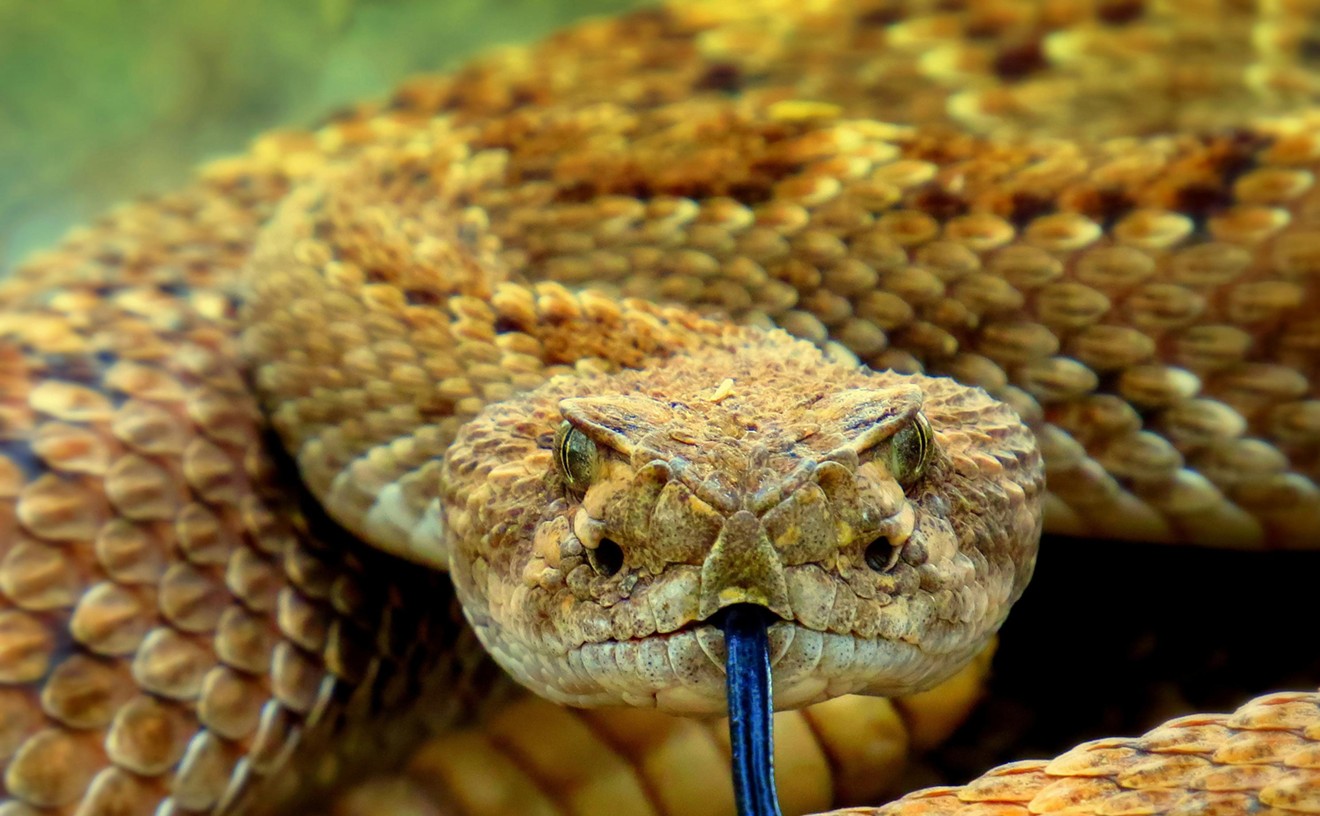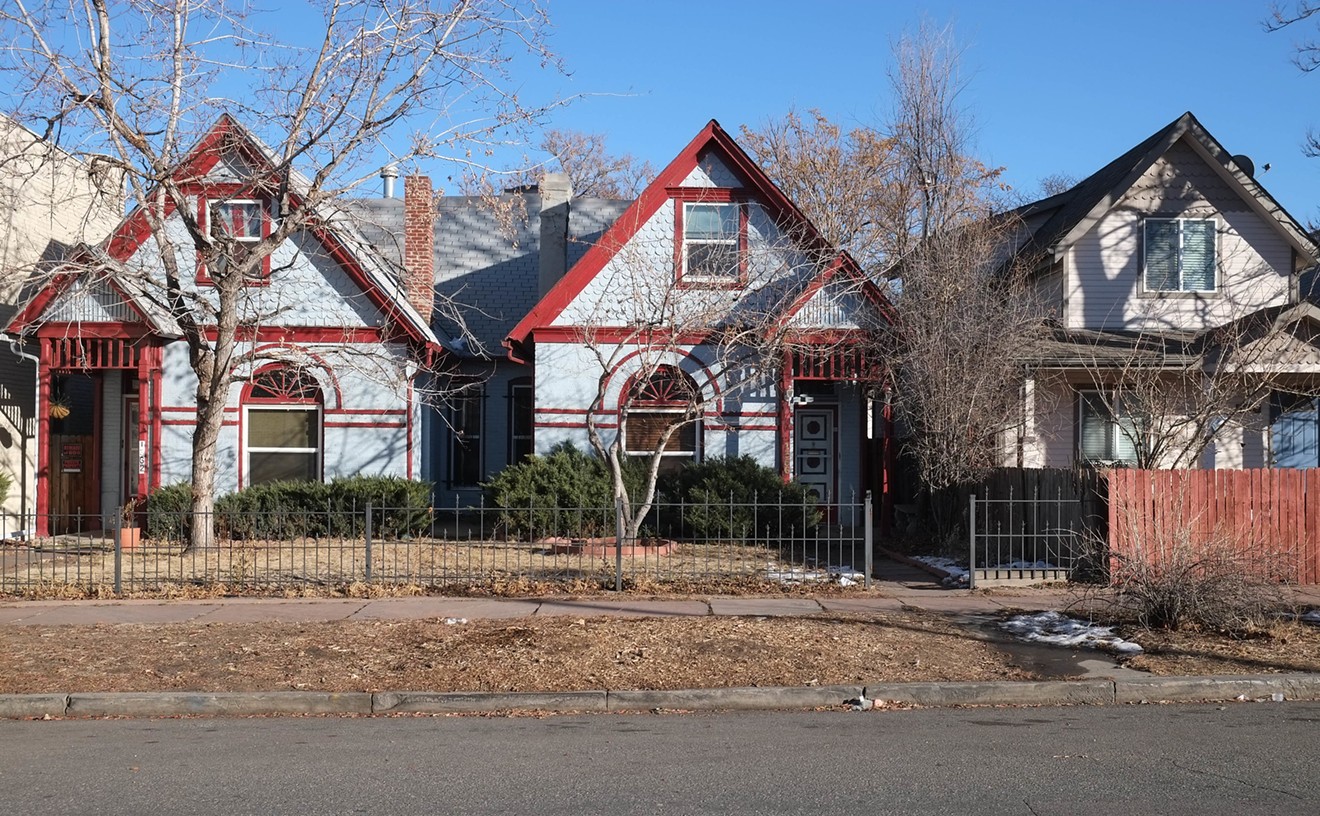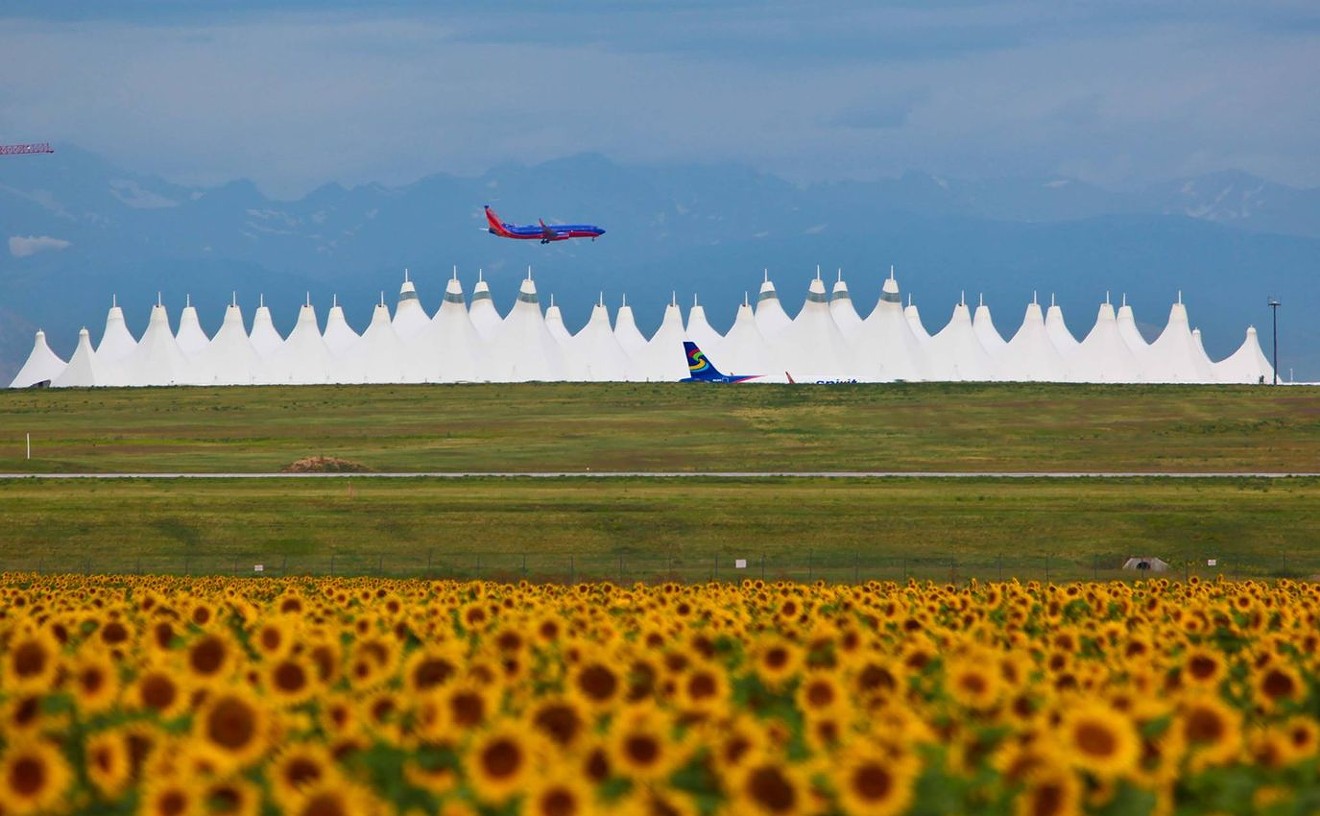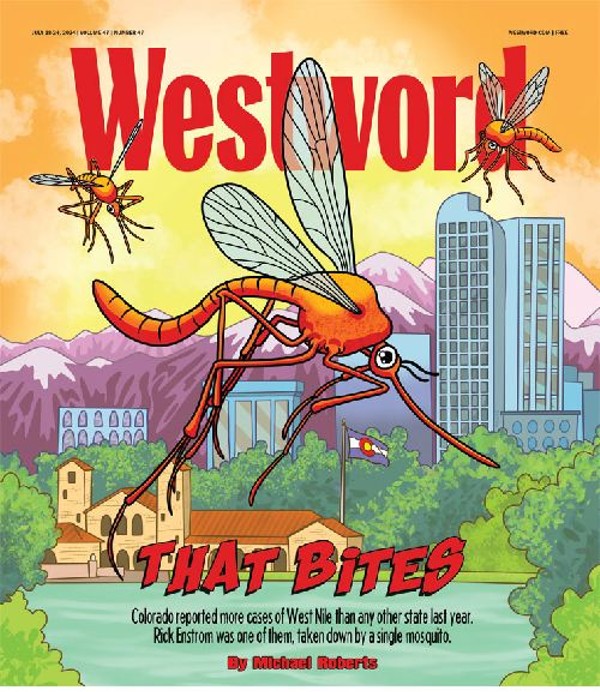"It's a combination of two of my passions," Chester says about the undertaking. "I've always been really interested in graphic design; I do some freelance work on the side for friends and stuff like that. But I'm also passionate about cities and, obviously, passionate about Denver. And since I was a little kid, I've been interested in flags. I think that's something everyone has an interest in, whether they know it or not."
In Chester's view, Denver provides a fascinating canvas for the concept, especially right now. "The city is changing so rapidly — so what I'm trying to do is capture something unique about each neighborhood's history. Maybe there's something that even people in the area don't know about, or maybe there's something they share. There's a lot that kind of divides neighborhoods these days when it comes to growth and change — but maybe everyone can find some common ground with a unifying symbol like a flag."
The flag at the top of this post, fashioned to fit the Barnum neighborhood, offers an example of Chester's approach. "This west side neighborhood is named for P.T. Barnum, who owned the 760 acres which make up much of neighborhood," notes the text that accompanies the flag on his website. "While violating some of the flag design rules, an exception can be made in this unique circumstance in order to honor the history of the neighborhood's original booster."
The captions for the other flags seen here reproduce Chester's descriptions for each.
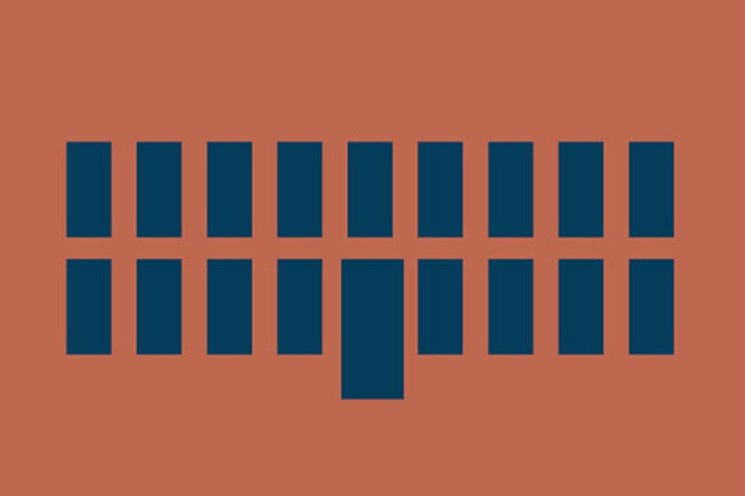
Belcaro: "The neighborhood gets its name from the mansion of Lawrence C. Phipps who was a United States Senator from 1919-1931. The distinctive window pattern and the red brick facade of the Belcaro mansion are the inspiration for the flag."
Since then, he continues, "it's been pretty incredible the amount of feedback I've gotten, and for the most part, it's been positive. There are some naysayers out there — there always are — but it's been great how many people have reached out with their own ideas. And if I haven't done a neighborhood yet, I've been encouraging them — like, 'Hey, you should design your own flag. I'm not an expert in flag design, so if I can do it, you can do it. All you need is crayons and a piece of paper."
As this last comment indicates, Chester wants to make it clear that he's not working on a formal mandate from the city council or the mayor. "There may have been some confusion, since I'm a city planner," he acknowledges. "But this isn't an official thing, not at all. It's just something I've been doing in my spare time for fun. So this is by no means the official flag for your neighborhood. It's just been my fun passion project."
Indeed, Chester initially gave no thought to any commercial applications for the flags — but others have. "A bunch of people have asked me, 'Where can I buy the flags?'" he says. "And even a few flag manufacturers have reached out to me and just thrown out ideas about how I could start selling them — so I started looking into that a little bit. There's nothing on the horizon, but it speaks to people who start a side thing. If they set out to make money, they often fail. But if you've started something because you're passionate about it, that's where I think some interesting ideas come from."
Given that he's only completed twenty flags thus far, Chester acknowledges that "it's going to take quite a bit of time to do all 78. They look really simple, but making something look simple can be incredibly hard to bring off. The idea is to cram in all this neighborhood history and background with just a few colors and lines, and that's not easy. Even if I do two a month, it could take me a few years."
We can't wait. Here are the other Denver neighborhood flags to date. For more information, visit the Flags of Denver Facebook page.
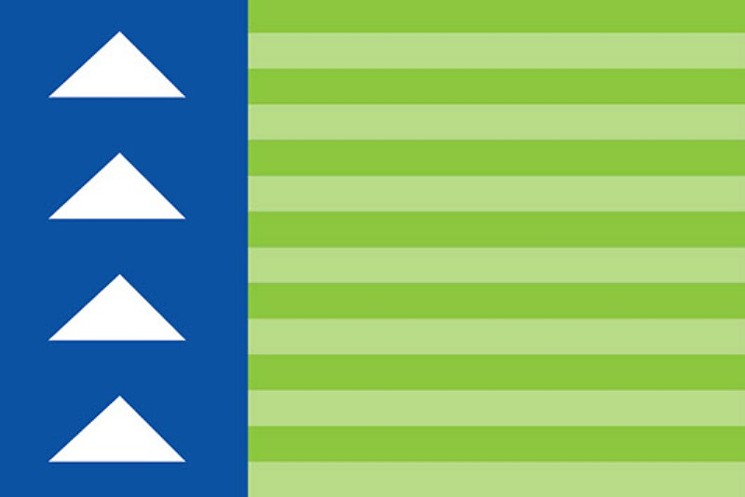
Berkeley: "Named after Berkeley Springs, WV, this neighborhood was mostly alfalfa and celery farms irrigated by Rocky Mountain and Berkeley Lakes. William Lang was commissioned to design the first 35 houses of the development of the nearly 1,500 acres of farm land. The flag features green stripes for this agricultural history, blue water, and white peaked gables seen on many of Lang's designs."
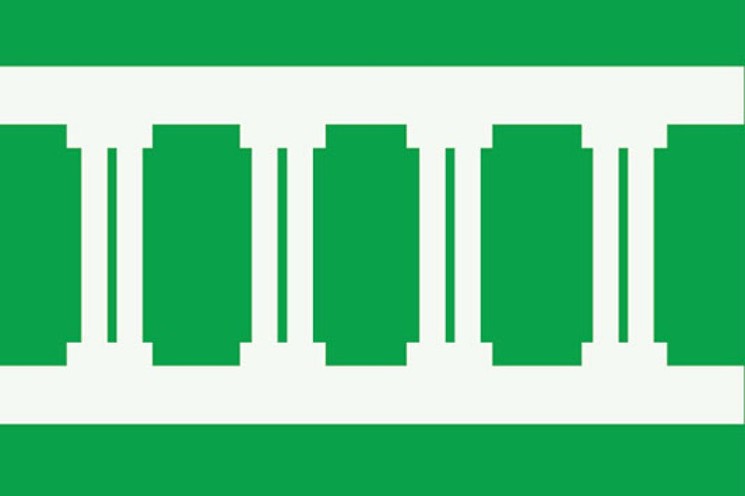
Cheesman Park: "The park the neighborhood is named after, was originally the Prospect Hill Cemetery, but was converted to a park in 1907. The flag is inspired by the neoclassical pavilion in the center of the park, dedicated in 1908 to honor Denver pioneer Walter Cheesman."
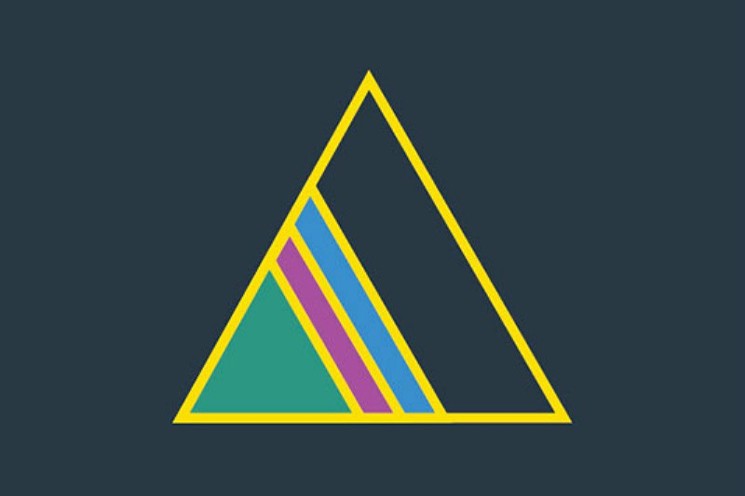
Civic Center: "Also known as the Golden Triangle, this neighborhood is the civic and cultural hub for the city, home of City Hall, the State Capitol, Denver Art Museum, History Colorado, among other institutions. The flag's central icon is a nod to common neighborhood moniker, while the green represents Civic Center Park, purple- the arts, and blue- the civic functions located in the area."

Congress Park: "Congress Parks grew in the 1890's due to the cable car lines extending east from downtown. In 1903 the neighborhood became home to the city nursery, just south of early Denver's largest reservoir, still present today (albeit underground). The gunmetal, green, and blue color way is representative of this neighborhood's history."
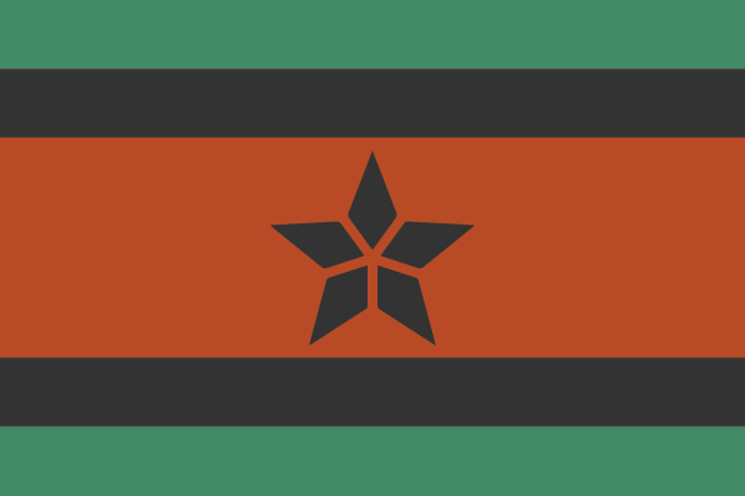
Five Points: "The gray bars represent the street car lines which made this neighborhood the first streetcar suburb in the late 1800's. The collision of the different grids of downtown create the namesake five points intersection. The color scheme is based off of the colors of the Harlem flag, since Five Points was known as the Harlem of the West."
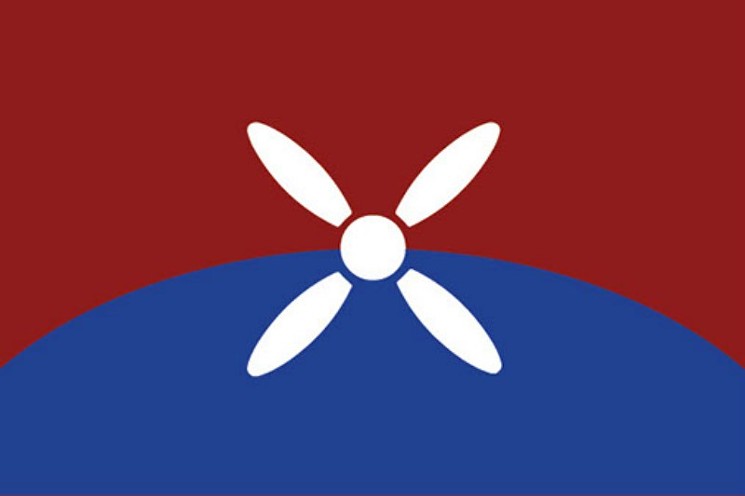
Lowry Field: "The area which this neighborhood now stands is the former Lowry Air Force Base, a training base used during World War II and the Cold War, and the initial site of the U.S. Air Force Academy from 1955-1958. This aviation history is represented by the propeller icon, along with the curve of the Hanger 2, which still stands today. The blue of the flag is officially known as US Air Force Academy blue."
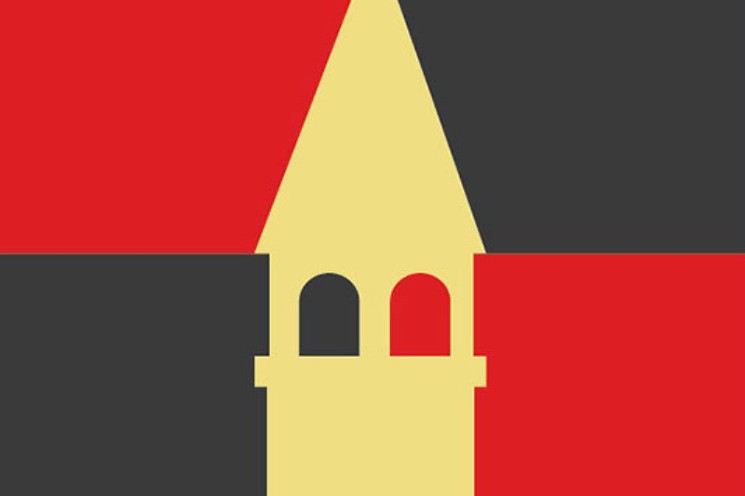
Montclair: "This east Denver neighborhood flag's colors are an homage to the homeland of the area's founders, Matthias P. Cochrane of New Jersey and Baron Walter von Richthofen of Germany. The opposing quadrants show the tension the neighborhood experienced in the early 1900's when they fought annexation into Denver all the way to the Supreme Court. The central icon is the cupola of von Richthofen's 'Molkery,' representative of the "TB houses" in the area designed for tuberculosis sufferers."
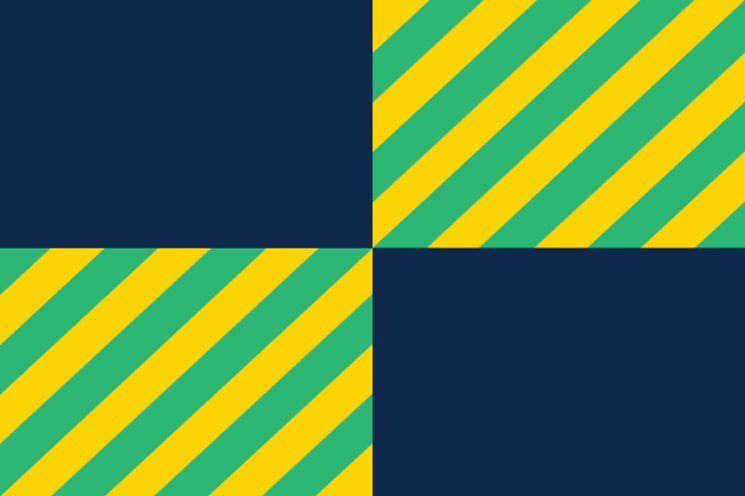
Regis: "Originally the College of the Sacred Heart, Regis University outgrew its original home in Morrison and moved to Northwest Denver in the late 1800’s on 40 acres of farmland donated by John Brisben Walker. The land not used by the University was subdivided into the rest of the existing neighborhood. The flag's diagonals, and gold and blue are borrowed from the University’s crest, while the green rows symbolize the crops that once grew in the area."
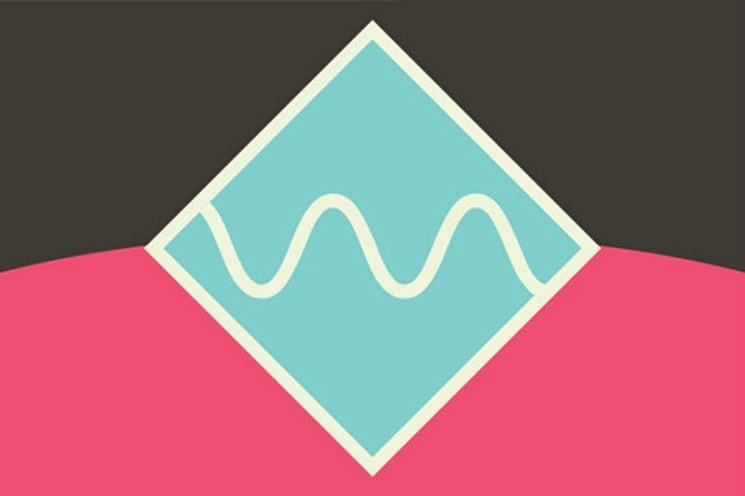
Ruby Hill: "This neighborhood is named for red stones found in the area by early miners, stones that turned out to be garnets. Ruby Hill is home to both Denver's largest bike park, and a snow sports park in the winter. Additionally, Levitt Pavilion is located in the area, a premier outdoor concert venue. The flag features a ruby colored hill, and a distinctive wavelength image representing both music and the sports parks in the neighborhood."
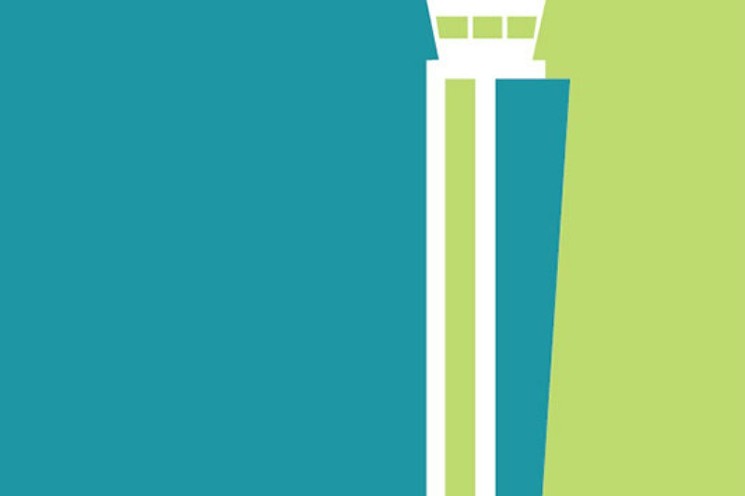
Stapleton: "Originally the home of Denver's first international airport, this neighborhood has transformed into a New Urbanist community, and one of the largest urban infill projects in the country. The airport's control tower still remains as a nod to this area's history, but now the runways are sprawling open spaces, tree-lined streets, and welcoming front porches. The blue represents the neighborhood's aviation history, while the green signifies the neighborhood's rebirth."

Sun Valley: "The blue is for the S. Platte River, the eastern edge of the neighborhood and the burnt orange is a homage to the colors of DHA's Sun Valley Homes, home to most of the neighborhood's residents. The blue/orange colorway matches the Denver Broncos, whose stadium looms over the neighborhood from the north."

University Park: "This south Denver neighborhood was founded in 1886 and advertised for its unsurpassed mountain views, distant from smelters, with pure air and no saloons, represented by the flag's sky blue. The central icon on the flag is the Richardson Romanesque styled Chamberlin Observatory, completed in 1890, and listed on the National Registry of Historic Places. The crimson star is a nod to the neighborhood's ties to the University of Denver, who still use the observatory for astronomy classes."
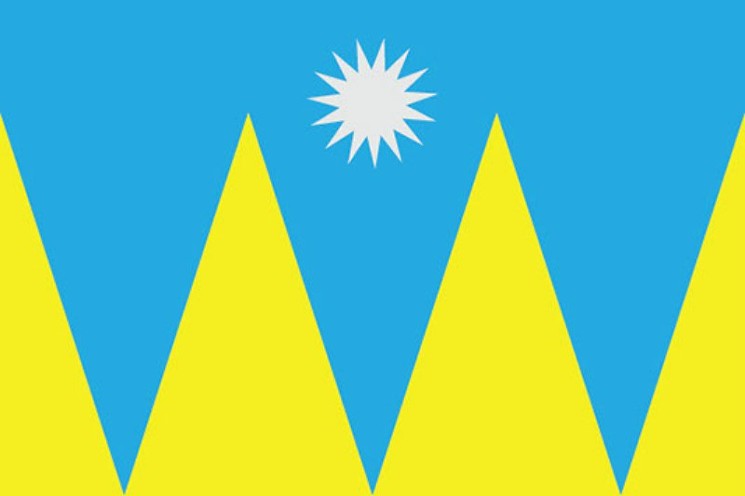
Villa Park: "Weir, Lakewood, and Dry Gulches run through this west Denver neighborhood creating hilly terrain and sweeping views. The undulating topography and waterways create geographic barriers for the neighborhood . The gunmetal sun represents the new transit oriented future for the neighborhood by the opening of the W rail line, better connecting this neighborhood to downtown and to the west."
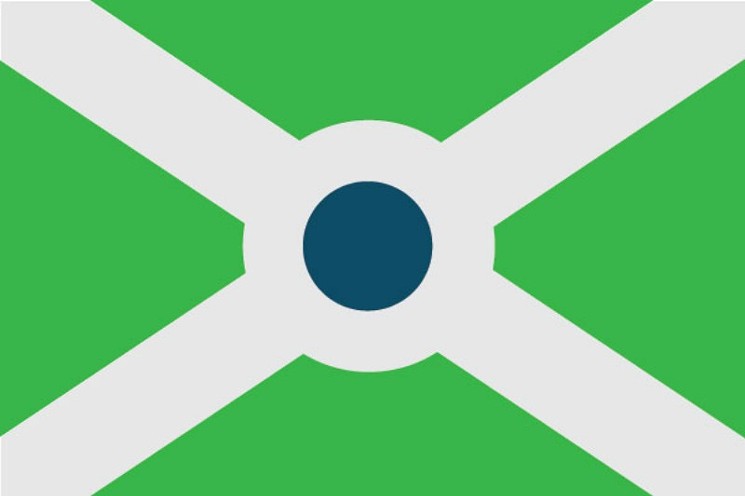
Washington Park: "Washington Park is the prime attraction in the neighborhood bearing its name. Designed by Reinhard Schuetze in 1889 and later tweaked by the Olmstead brothers, this a lush retreat is well-appreciated by all Denverites. The park features a replica of Martha Washington's garden at Mount Vernon, whose design is represented in the flag. Additionally, the blue represents the lakes of the park, along with City Ditch which is listed on the National Register of Historic Places."
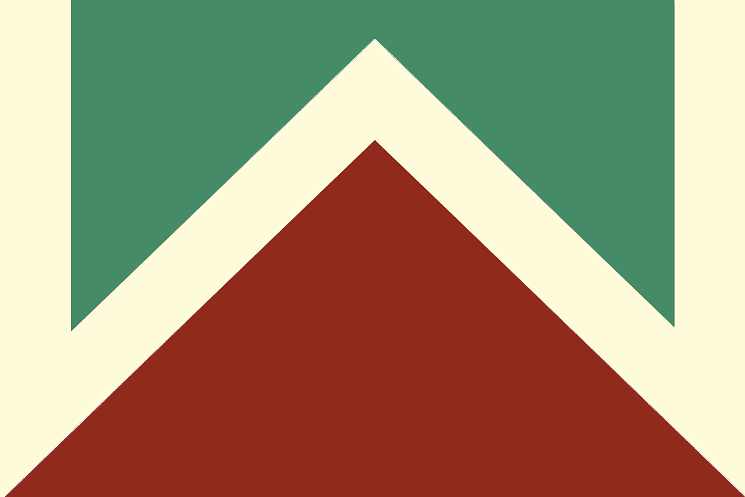
Westwood: "The residents of Westwood are over 80% Latino, most of which are 1st or 2nd generation Mexican immigrants. This Mexican heritage along with a distinctive W inspires the flag for this proud West Side neighborhood. The diagonal represent Morrison Road, the main commercial street of the neighborhood which bisects the area."
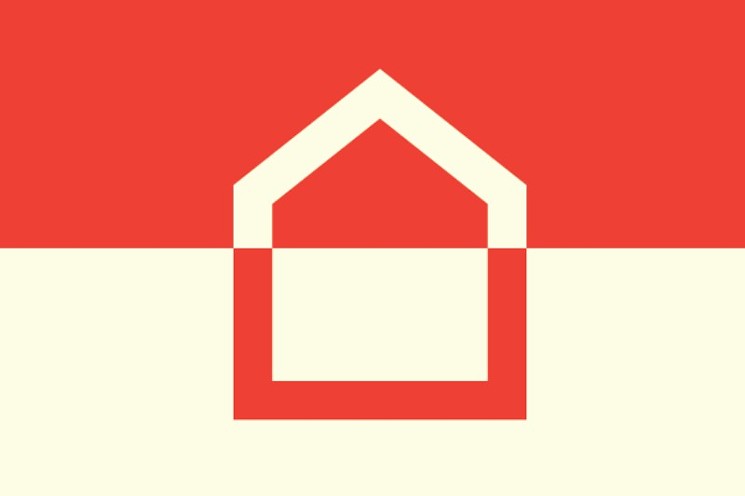
Washington Virginia Vale: "This Southwest Denver neighborhood is home to Four Mile Park, which has served many purposes over the years from a stop on Cherokee Trail, to farming, ranching, and currently as home to the oldest standing residential structure in the Denver area (built 1859). The colors and architecture of the iconic house are represented in the design."
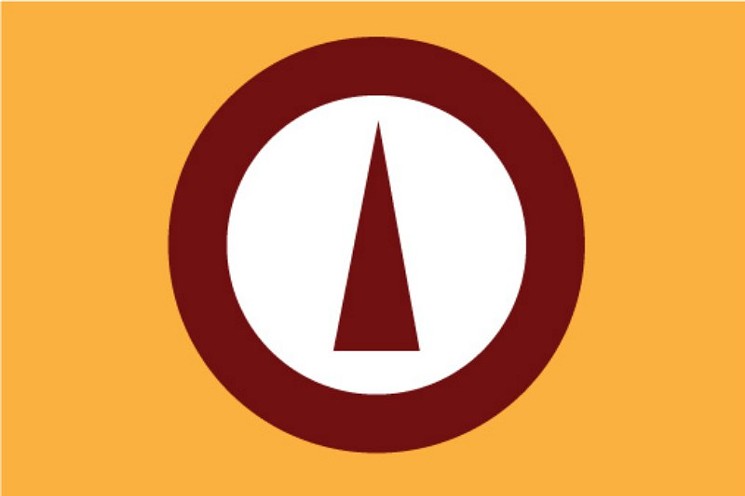
University: "The University neighborhood is home to the University of Denver. A potato farmer donated the initial 80 acres for the campus when the university decided to move its home from Downtown Denver. Completed in 1999, the Williams Tower at the Richie Center is the central icon of the flag, whose colors match those of the DU."
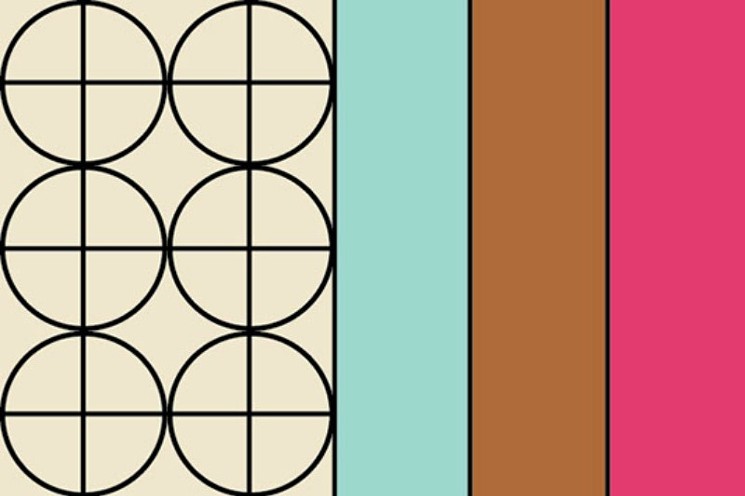
Virginia Village: "Krisana Park and Lynwood, two areas within this neighborhood, contain some of the finest examples of mid-century modern residential architecture in the US. The Mid-Century modern movement was a reflection of the International and Bauhaus movements. The colors and shapes of the flag reflect these designs."

